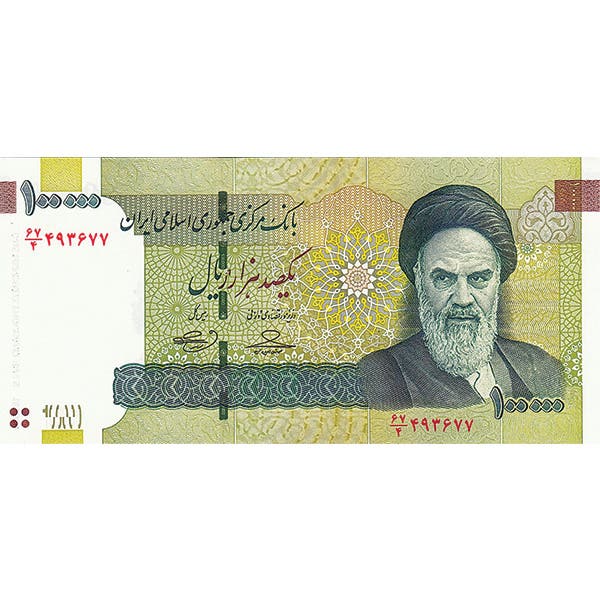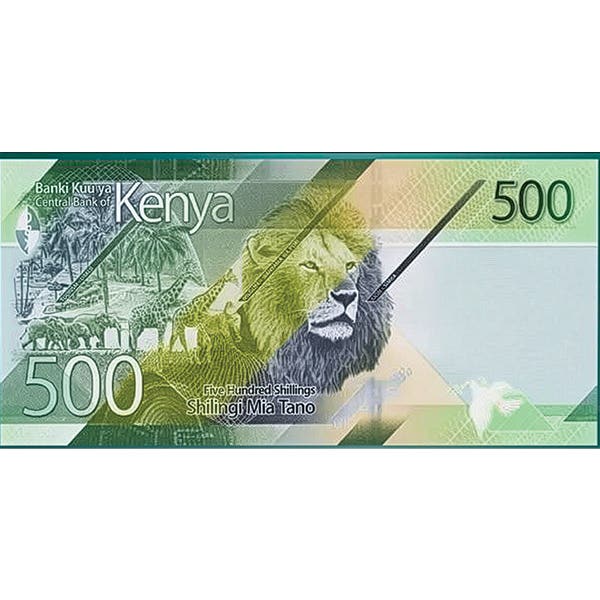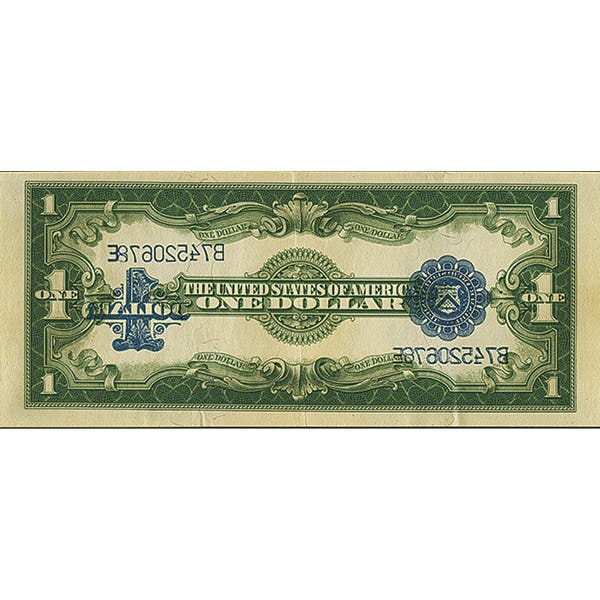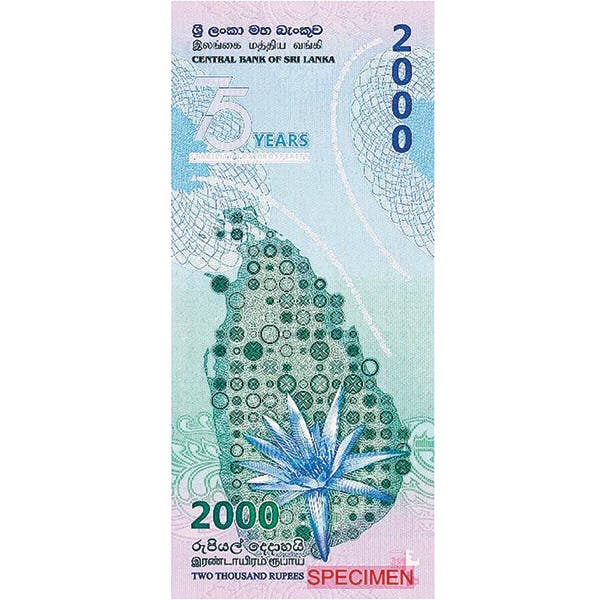Territorial title blocks explored
By Peter Huntoon Nothing on a large-size national ever quickened my pulse like the word “territory.” But not all territorials utilized exactly that word. Over the years, I noticed a…
By Peter Huntoon
Nothing on a large-size national ever quickened my pulse like the word “territory.” But not all territorials utilized exactly that word.
Over the years, I noticed a lot of variation in how territory was presented in title blocks. Finally, I decided to look through the proofs to determine all the variations. After all, if those words potentially were going to cause sudden cardiac arrest, it seemed appropriate to learn the forms that could come my way to trigger the problem.
There are two places in title blocks were the information is delivered. The most obvious is the location that follows the formal title of the bank. The Comptroller of the Currency defined a title as the name of the bank including the name of the town but not that of the state/territory. The title is prominently displayed in the title block, but the item of interest here is the state or territory that appears underneath in small letters.
The second place you can find territorial information on many but not all territorials is the postal location, which is the location written in script within the title block. The state/territory is sometimes included there depending on the denomination and series. However, the territory is uniformly missing from the postal locations on $5s from all series and from all Series of 1902 notes.
What constitutes a variety? I consider every different grammatical construction to be a specific variety.
Are the words spelled out or abbreviated; and when abbreviated, what is the degree of abbreviation? Differences in punctuation also factor in, so I count use or non-use of periods and commas as separate variants. All of the variants are considered important because they were incorporated grammatically into the overall title block.
For example: “Terr. of Arizona” and “Terr. of Dakota” represent the same variety because both use the same four-letter abbreviation for territory coupled with a terminal period after the name of the territory. Obviously “Territory.” is different than “Terry.” “Terr.” “Tery.” “Ter.” or “T.”
As you look at the accompanying lists and photos, the important consideration is the grammatical form. The differences can be as slight as presence or lack of a period or comma.
However, one thing I didn’t worry about was whether the letters were spelled out in all capitals or in mixed case.
I have found the following nine distinct permutations in the locations at the bottom of title blocks.
- Utah Territory
- Idaho Terry.
- Wyoming Ter.
- Territory of Oklahoma
- Terr. of Arizona
- Terr. of Dakota.
- Ter. of New Mexico
- Ter. of Alaska.
- Terr. New Mexico
Even more variability occurred within the postal locations. Some were one-offs for a particular bank.
I have found the following 20 distinct permutations in the postal locations.
- Dakota Territory.
- Utah Territory,
- Montana Terry.
- Idaho Terr.
- Utah Tery.
- Indian Ter.
- Wyo. Ter.
- Ind. T.
- N.T.
- Territory of New Mexico
- Territory of New Mexico.
- Territory of Dakota,
- Terr. of Dakota.
- Terr. of Dakota,
- Ter. of Utah
- Ter. of Oklahoma.
- Ter. of N. Mex.
- Tery. Dakota
- Tery. Montana.
- Ter. Okl.
Feast your eyes on examples of all the varieties I have found. The order in which they are illustrated corresponds to the order in the lists above.
I haven’t seen issued notes or proofs from all the banks that issued only Original Series notes so other exotic varieties may turn up. If you find one, let me know and we’ll add it.
There were three territorial banks that utilized plates with title blocks that had no territorial indicator whatsoever. They were: The Otoe County National Bank of Nebraska City, Neb. (1417) Original Series 10-10-10-20 plate, The State National Bank of Oklahoma City, Okla. (4862) Series of 1882 Brown Back 10-10-10-20 plate, and The First National Juneau, Alaska (5117) Series of 1902 Blue Seal Plain Back 10-10-10-20 plate.
The title blocks on those three plates look like ordinary state note of the same vintage. The only way you can tell that the notes printed from them were territorials is that the plate date is a territorial date; specifically, Nebraska City–Sept. 1, 1865, Oklahoma City–Feb. 11, 1893 and Juneau–Feb 15, 1918.
This article was originally printed in Bank Note Reporter. >> Subscribe today.
More Collecting Resources
• When it comes to specialized world paper money issues, nothing can top the Standard Catalog of World Paper Money, Specialized Issues .
• Any coin collector can tell you that a close look is necessary for accurate grading. Check out this USB microscope today!









